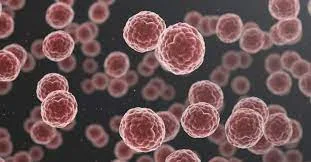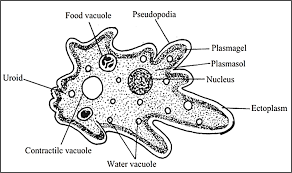9th cells
class 9th science
CELL- The fundamental unit of life
cells
1- A cells is considered to be the fundamental unit of life
2- A cell is defined as the basic smallest structural and functional unit of an organism.
3- They are complex units that are microscopic in nature.
4- It can carry out the life process like reproduction, nutrition respiration
5- A cell is capable of independent existence
6-A cell forms a basic structural and fundamental unit of life.
 |
| cells |
 |
| cells structure |
Discovery of the Cell
Robert Hooke in 1665 observed slices of cork under a simple magnifying device. Cork is a part of the bark of a tree.
The term ‘cell’ was first invention by Robert Hooke in the year 1665 when he noticed slice of cork by a microscope
Shape and size of Cells
1- According to the functions performed by the cells they are different shapes and sizes
2-The neurons or nerve cells are long so that they can carry messages from one part of the body to another.
3- The largest cell in the human body is the -OVUM
 |
| fig Ovum |
4- The longest cell in the human body is Neurons or Nerve Cells
 |
| fig-Nerve cell |
5- The smallest cell of the human body is Sperms
 |
| fig- Sperms |
According to number of cell organisms are -
1-unicellular organisms
An organism can be made up of a single cell unit and they are called unicellular organisms like an amoeba, paramecium, etc.
 |
| fig- amoeba |
2-multicellular organism
An organism made up of many cells is called a multicellular organism like human beings, plants etc
 |
| multicellular |
Types of Cells
There are two types are cells are given below
1-Prokaryotic
2-Eukaryotic cells
Prokaryotic – Size: generally small ( 1-10 µm)
- The nucleus is not well defined and known as a Nucleoid
- Single, circular chromosome.
- Membrane-bound organelles absent. Eg: Bacterial cell
Eukaryotic – Size: generally large ( 5-100 µm).
- The nucleus is well defined and surrounded by a nuclear membrane.
- Possess more than one and linear chromosome.
- Membrane-bound cell organelles are present. Eg: Human cell.
Plasma Membrane
1-The plasma membrane is also known as Cell membrane.
2-It forms the external covering of most cells
3-It is made of Lipids and Proteins.
4-The cell membrane separates cells from one another and also the internal contents from the surrounding medium.
5-It is porous and allows the movement of substances or materials both inward and outward.
Functions of the Plasma Membrane
Basic function of the plasma membrane are given billow
1- Plasma Membrane is the structure of the cell which provides a definite shape to the cell.
2- The plasma membrane regulates the transport of materials entering and exiting the cell.
3-Plasma membrane system act as a barrier and offers protection of the cell
4- The fluid nature of the plasma membrane makes it flexible
for OSMOSIS click the link
class 9th physics





Very good notes
ReplyDeleteBest collection and everything is point to pioint
ReplyDeleteSir aur provide kijiye please
ReplyDeleteNice notes sir
ReplyDeleteThank you sir
ReplyDeleteThank you sir 🙏
ReplyDelete